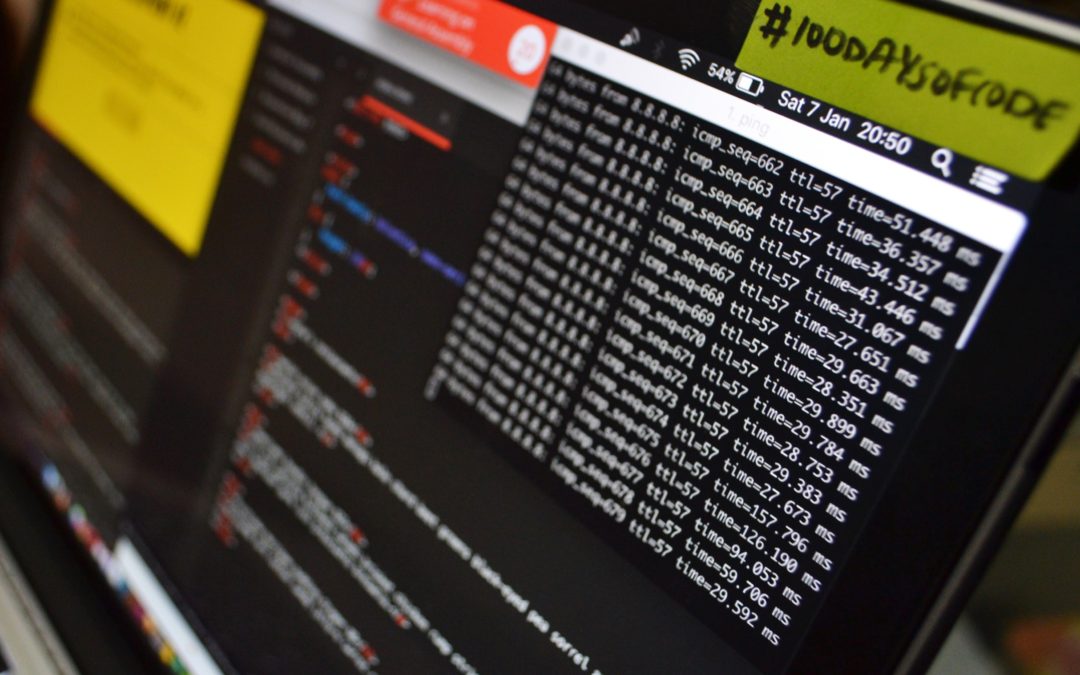
What Is Brand Safety
Brand safety is a concept that did not exist ten years ago. It refers to knowing where your content is and how it is being used, most prominently online. As a reputable company, you only want your advertising to be displayed on credible websites: this way, the dubious content of any rogue website will not be associated with the advertiser’s image.
How is this an issue, you may ask. When placing advertisements with large companies such as Facebook or Google, they utilise algorithms to place your ad on relevant sites. Sometimes, extremist or controversial websites fall through the cracks and have reputable ads placed on them.
An example of how this has gone wrong is an instance on YouTube: reputable companies’ ads were being played before videos featuring anti-Semitism and terrorism. This resulted in the sixth-largest advertising and marketing company in the world to pull all of its ads from Google and YouTube.

Another thing to keep in mind about brand safety is that it is not just wholly ‘bad’ sites that are causing trouble. Context matters, too. For example, you don’t want anadvertisement for airline tickets to appear next to an article about a plane crash. Aside from being in bad taste, it will diminish your brand’s credibility.
The good news is, media moguls have been under increasing pressure from advertisers to increase their efforts towards brand safety for their clients. Earlier last month Facebook introduced tools to let advertisers see where their ads are likely to appear, and an analytics tool to show them where they have appeared. This is a step in the right direction in terms of giving advertisers more specific control over their ads.
Here are some things to think about throughout your advertising campaign to help with the safety of your brand.
Steps to Help Protect Your Brand
At present, brand safety cannot be 100% guaranteed, but there are steps one can take to alleviate the risk.
To start with, it’s always a good idea to clearly outline your brand safety. This will help any vendors and agency partners that you advertise with adhere to your expectations. Consider bringing in someone knowledgeable about the implications of enforcing the policy and the implementation to help you put this together.
Do your research and take better control of who you are investing in. Utilize the Joint Industry Committee for Web Standards website— they are an organisation that was created to ensure independent development of standards for measuring online performance and defining the best practice for online ad trading. They offer resources such as Brand Safety and Anti-Fraud registration. It is a good idea to check if a company has the JICWEBS seal for these certifications before working with them. Take a look at the WFA website, as well. They are a not-for-profit organisation that represents client-side marketers.

Consider appointing someone to be in charge of your brand safety . This person should be accountable for the distribution, implementation, and adjustments of your policy. They should also keep up with industry trends in this area and, if need be, respond in an appropriate manner to any violations of your brand safety policy.
We, as a media industry, need to push for better transparency. At the end of the day, only the brand loses out—agencies, intermediaries, and publishers still get paid if something goes wrong.
In summary, there are several things you can do to help protect your brand. Outline a policy and stick to it. Make any company you work with aware of this policy. Utilize websites such as the JICWEBS and WFA when looking to advertise. Appoint someone to be in charge of your brand safety. And as a business in the media industry, push other companies for better transparency. Protecting your brand will be an ongoing project, but taking the outlined steps can help protect your company’s reputation and success.
